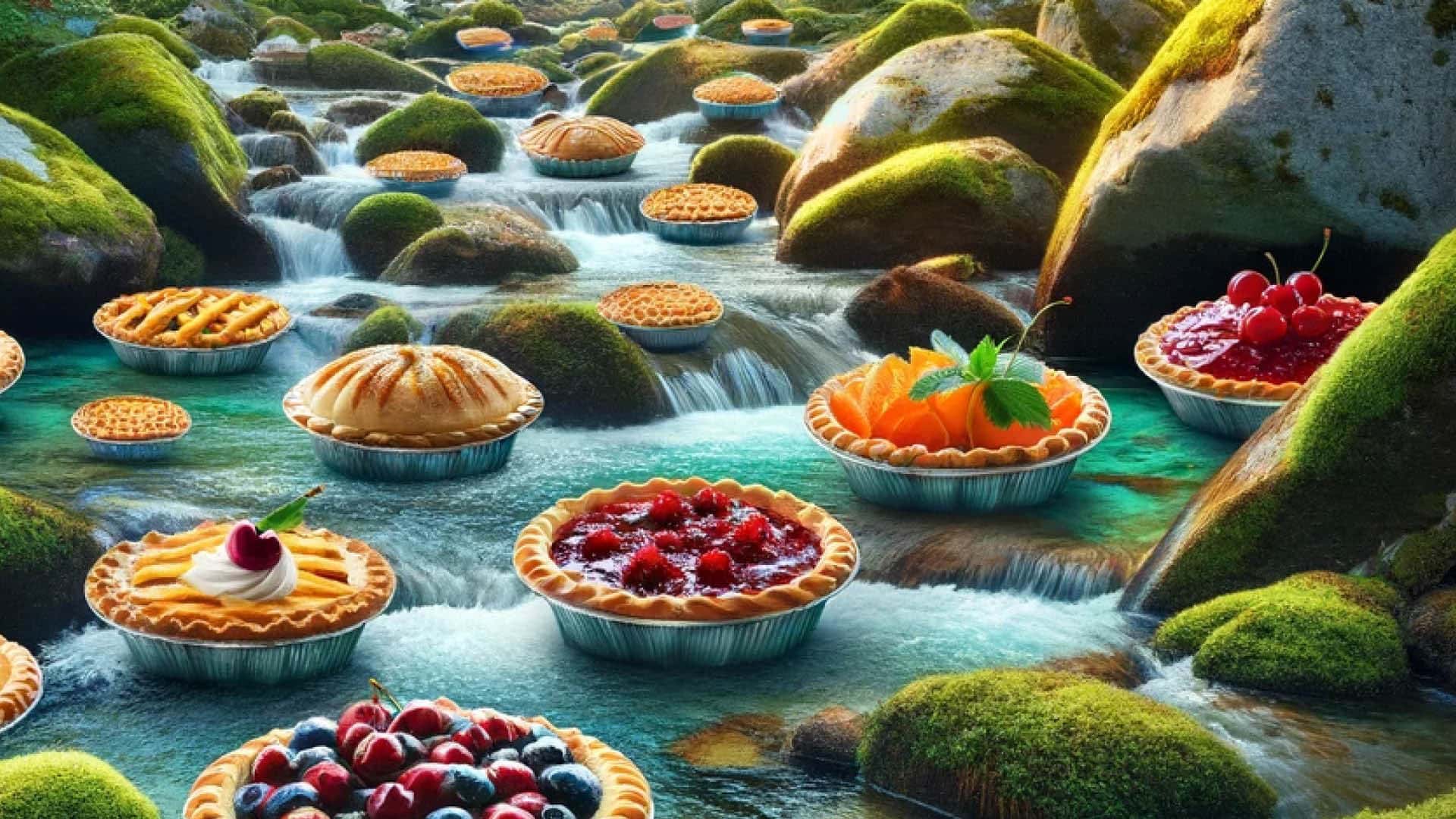
Archimedes (287-212 BC) was one of the greatest mathematicians and was the first person to calculate the value of π (pi), which is the ratio of the circumference of a circle to its diameter (C=2πr). The national holiday, yes, national holiday, was declared on March 12, 2009, by the U.S. Congress, and is celebrated on 3/14, which are the first three numbers of the never-ending irrational value of π. (Another fun fact is that Albert Einstein was born on March 14th, which is another good reason to celebrate the day.) Pi day is now celebrated by math geeks all around the circumference of the world with deals at some participating restaurants. Of course, it is also a great excuse to eat all the pie you can on this special day.
However, to wetland delineators, the word pi also congers up the acronym PIE, or the first three letters of the stream classification: Perennial, Intermittent, and Ephemeral. These three terms apply to streams and were defined in 1982 by two gentlemen that go by the names of Hedman and Osterkamp. Most recently, in 2020, President Trump, for the Waters of the U.S. (WOTUS) rules, further defined these terms for classification of “waters” that are jurisdictional by lawyers’ terms.
What is the technical definition of these three terms, you ask?
Technically, the word perennial is an adjective that means lasting or existing for a long or infinite time, and that endures or is continually recurring. As such, these streams are flowing continually throughout the major portion of the year, sometimes even in drought conditions. A perennial stream is a “stream that has flowing water year-round during a typical year. The water table is located above the streambed for most of the year. Groundwater is the primary source of water for stream flow. Runoff from precipitation is a supplemental source of water for stream flow.” (http://www.virginiaplaces.org/watersheds/perennial.html)
The term intermittent is also an adjective that means coming and going at intervals: not continuous. An intermittent stream, as compared to a perennial stream, is a “stream that has flowing water during certain times of the year, when groundwater provides water for stream flow. During dry periods, intermittent streams may not have flowing water. Runoff from precipitation is a supplemental source of water for stream flow.” (http://www.virginiaplaces.org/watersheds/perennial.html)
Ephemeral, on the other hand, means lasting for a short time. An ephemeral stream is a stream that “has flowing water only during or for a short duration after precipitation events in a typical year. In many states, this term refers to streambeds that are located above the water table year-round and streams where groundwater is not a source of water for the stream.” (http://www.virginiaplaces.org/watersheds/perennial.html)
As mentioned above, the WOTUS (Waters of the U.S.) rules defined PIE streams as either jurisdictional or non-jurisdictional. The current WOTUS rules do not mention PIE, only “relatively permanent” waters. Of course, this leads us to question, which of these streams are “relatively” permanent. What is the term relative to? That is a question for another article.
Regardless, wishing you a HAPPY PI (PIE) DAY! Celebrate by having a piece of pie!
